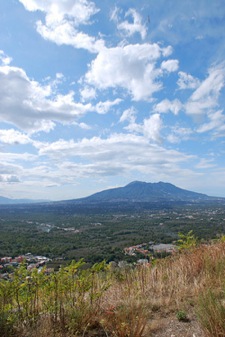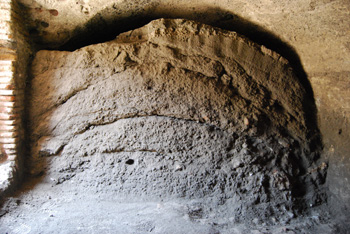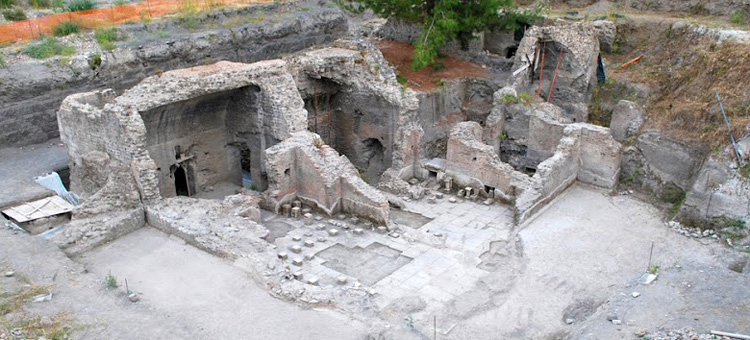Introduction

As a result, even excellent works of reference such as the Barrington Atlas of the Greek and Roman World can give the misleading impression that this part of Campania was unoccupied in antiquity. However, significant finds from projects undertaken since the 2002 excavation of the ‘Villa of Augustus’ site at Somma Vesuviana indicate that the area was not only populated but recovered from the eruption of AD 79 faster and to a greater extent than the territories to the south. By focusing on the northern area primarily the project seeks not to privilege that area at the expense of the south, but to build on previous research to increase understanding of the interactions that took place between and across the region.
The realisation of the potential this region for archaeological investigation led to the creation of the Apolline Project by the Comune di Pollena Trocchia, Suor Orsola Benincasa University and Brigham Young University in Provo (UT). Since then the project has evolved and various universities have become involved with different aspects of the project. For example, Università degli Studi di Napoli Federico II has become involved with the volcanological aspect of the project.
Aims

Methodology
The Apolline Project seeks to utilize various types of sources from across the region and from a range of periods. These include accounts of Bourbon era discoveries, the writings of amateur historians such as Count Ambrogino Caracciolo di Torchiarolo and archaeological finds now removed from their original contexts (such as a Roman column base now being used as a font in the local church of SS. Annunziata). Such information has been used to create an archaeological map of the territories of Naples and Nola as well as a more localized version for Pollena Trocchia – a small modern town located on the North Slope. This has in turn provided a context within which our ongoing excavations at the site of Masseria de Carolis in that town can be understood. This site has been under investigation since 2005 and since 2007 excavations have taken place annually, making the site one of the major foci of fieldwork for the project. The site comprises a bath complex and due to its size may form part of a villa.


Methodologically, since its inception the Apolline Project has been a space for innovative theory and practice. In a recent example of this, drawing upon the work of scholars such as Bentley and Maschner (2003) on Complex Systems, at the 4th Conference on Late Roman Coarse Ware (LRCW) in May 2011, the Apolline Project delivered a paper which used this theoretical model as a basis for understanding trade patterns in Roman Campania (De Simone et al. forthcoming).
References:
G.F. De Simone – R.T. Macfarlane (eds.), Apolline Project vol. 1: Studies on Vesuvius’ North Slope and the Bay of Naples, Napoli 2009 (Università degli Studî Suor Orsola Benincasa Napoli – Brigham Young University) [ISBN: 978-88-96055-00-7]
G.F. De Simone, “Il territorio nord-vesuviano e un sito dimenticato di Pollena Trocchia”, Cronache Ercolanesi 38 (2008): 329-349 [ISSN: 0391-1535]
